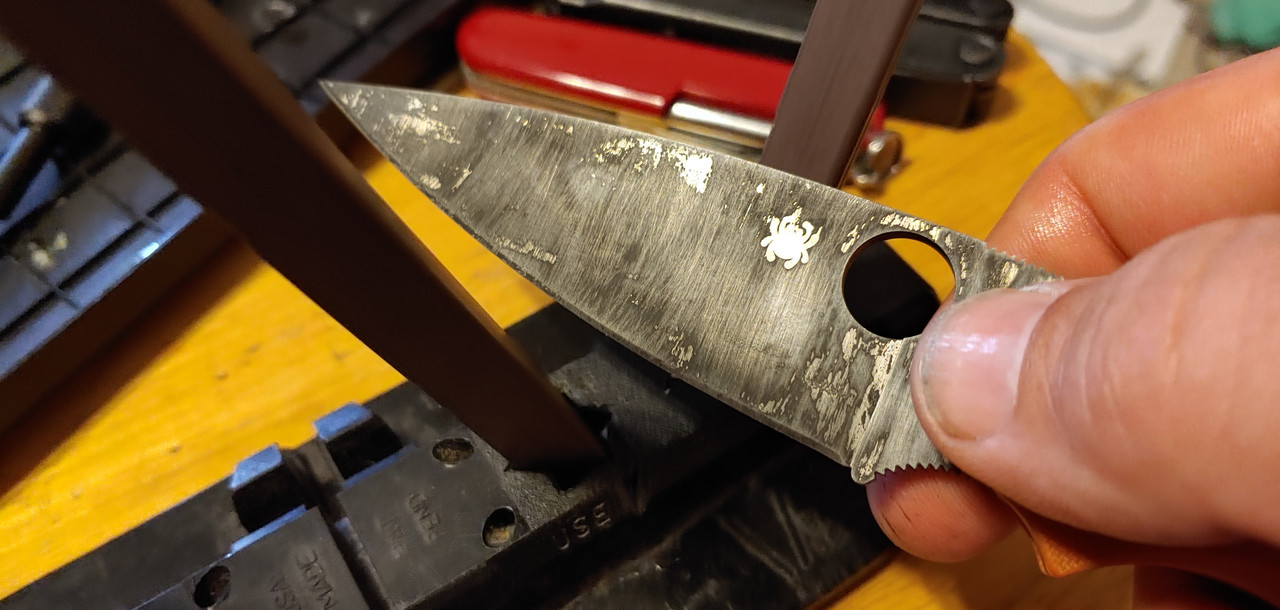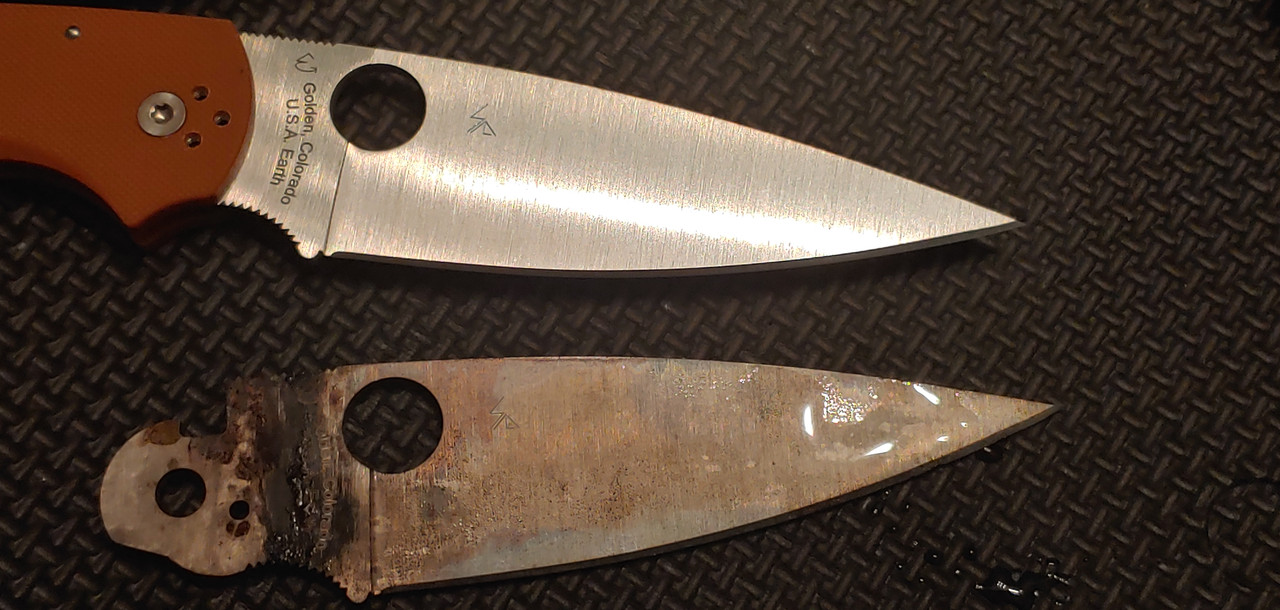I'm going to demonstrate the process with my Native Chief in rex45.
Here is how the blade looked before I got started:

Step 1 - Remove the blade
First thing we need to do is disassemble the knife.
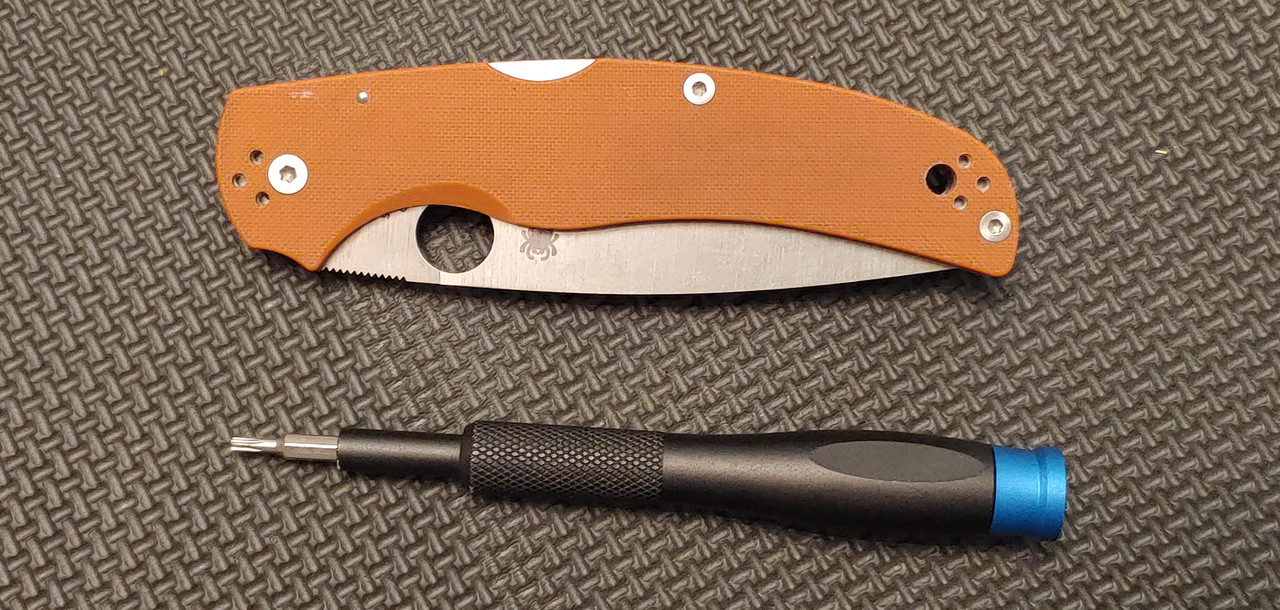
If you encounter copious amounts of loc-tite like I have, try soaking the entire knife in steaming hot water to loosen it up.
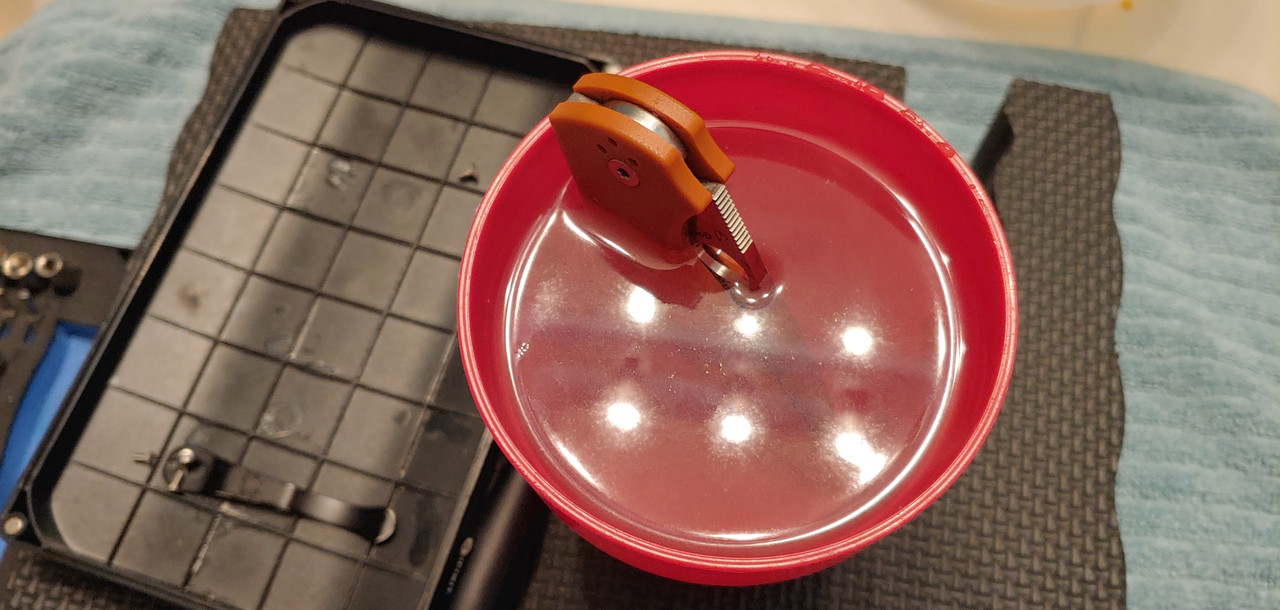
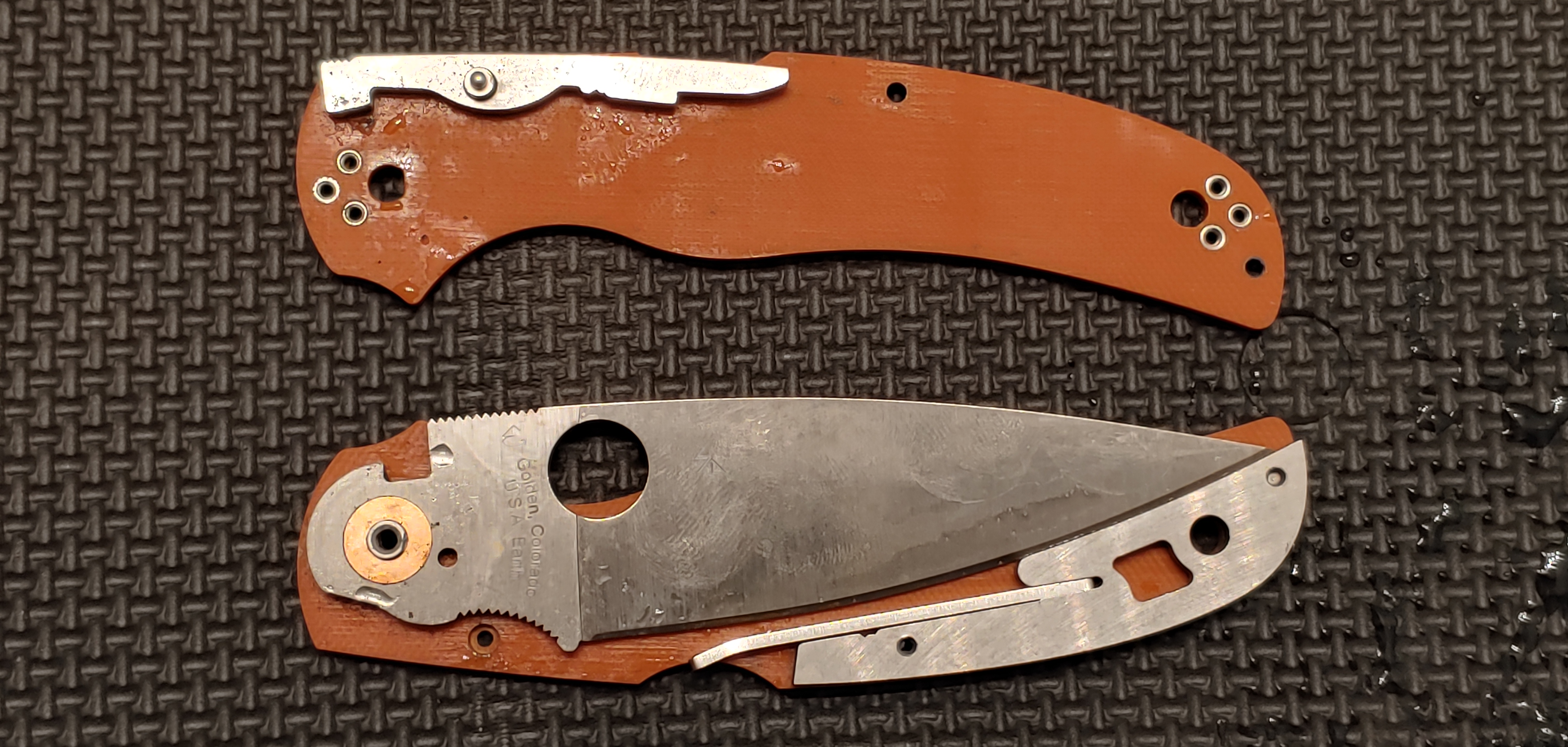
Step 2 - Clean the blade
I like to scrub out the pivot hole and lock interface with hot soapy water and a toothbrush, then give everything a once over with a rag and rubbing alcohol.
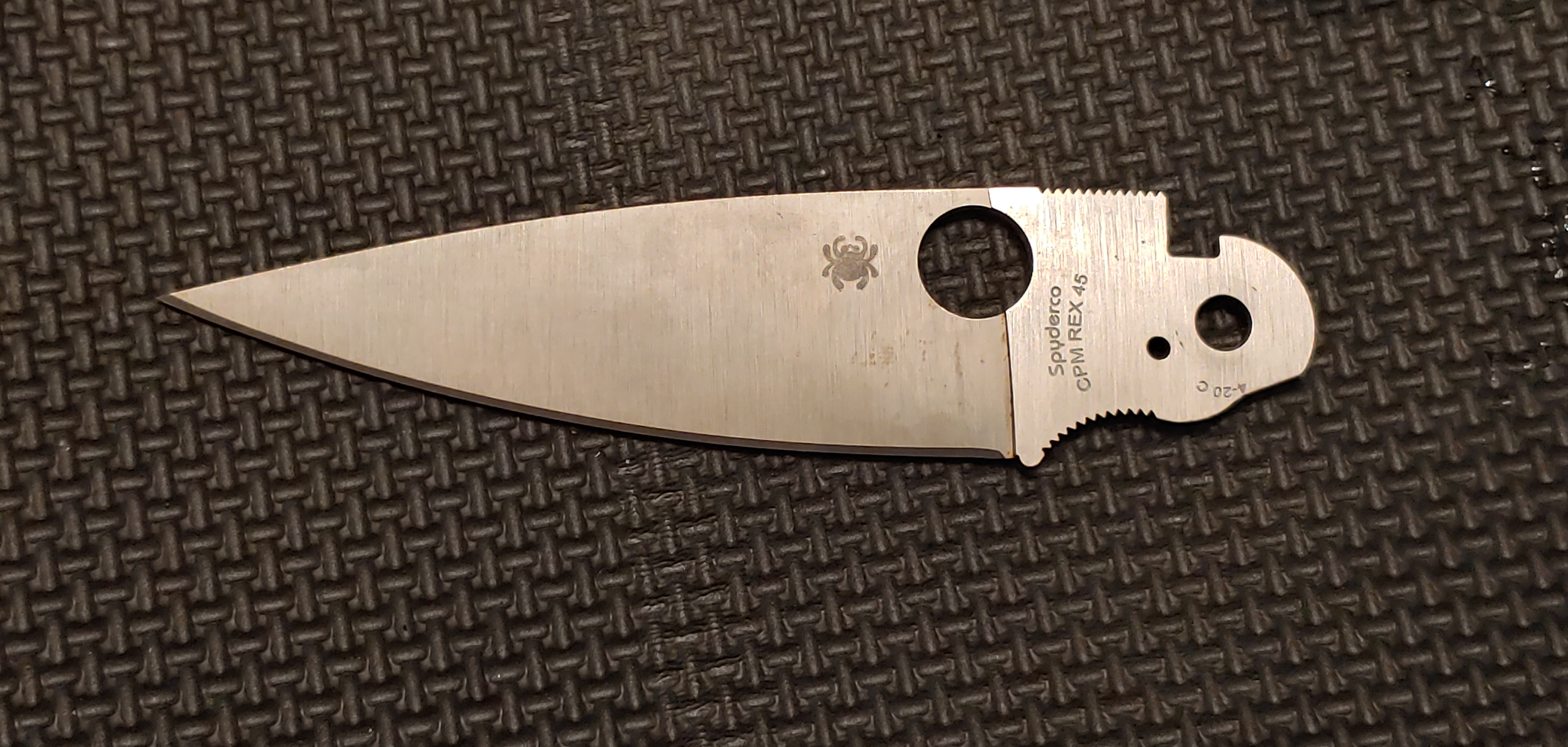
Step 3 - Soak the blade
I use a plastic cup so I don't damage the tip. I prop the blade up in the empty cup first, then fill the cup with vinegar up to just below the pivot area.
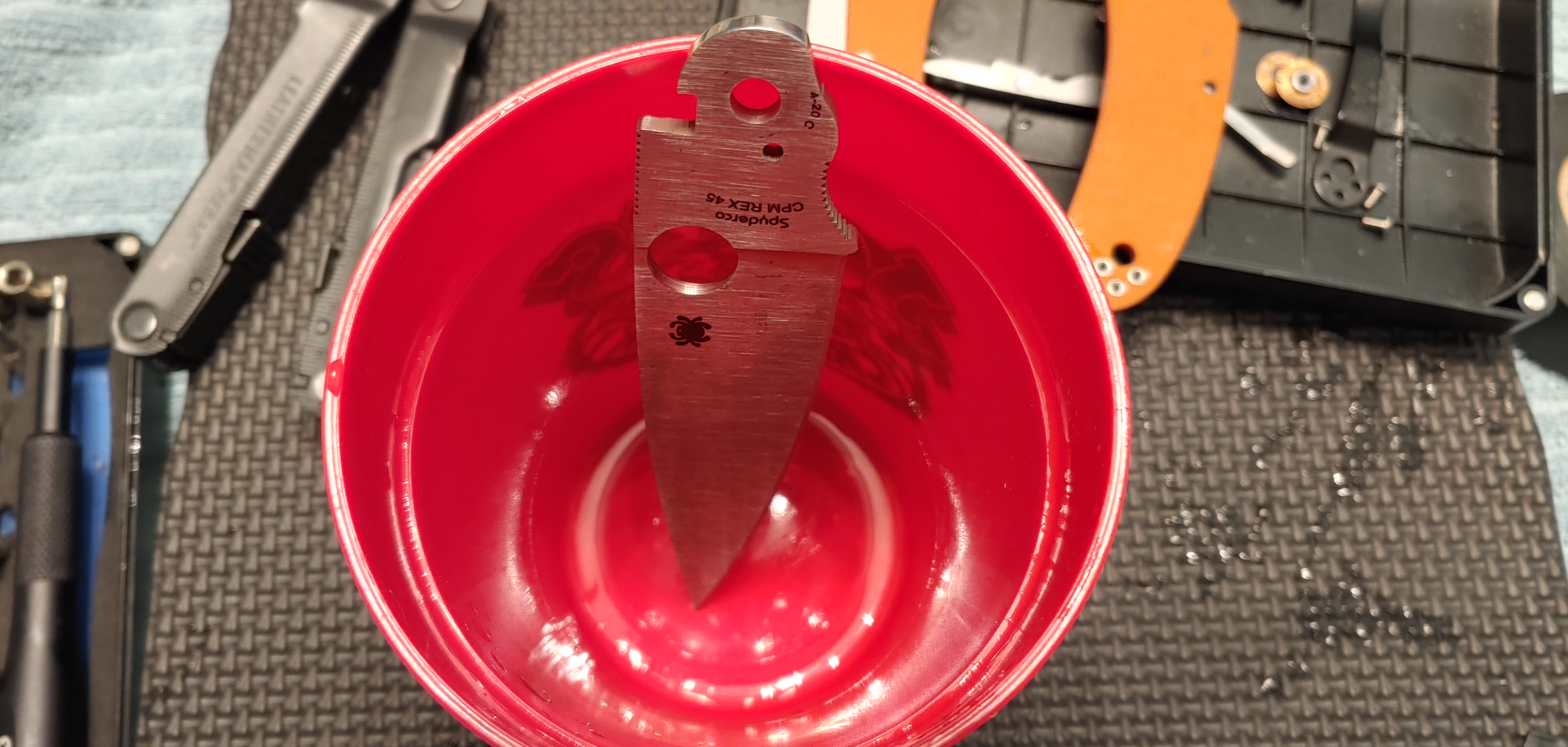
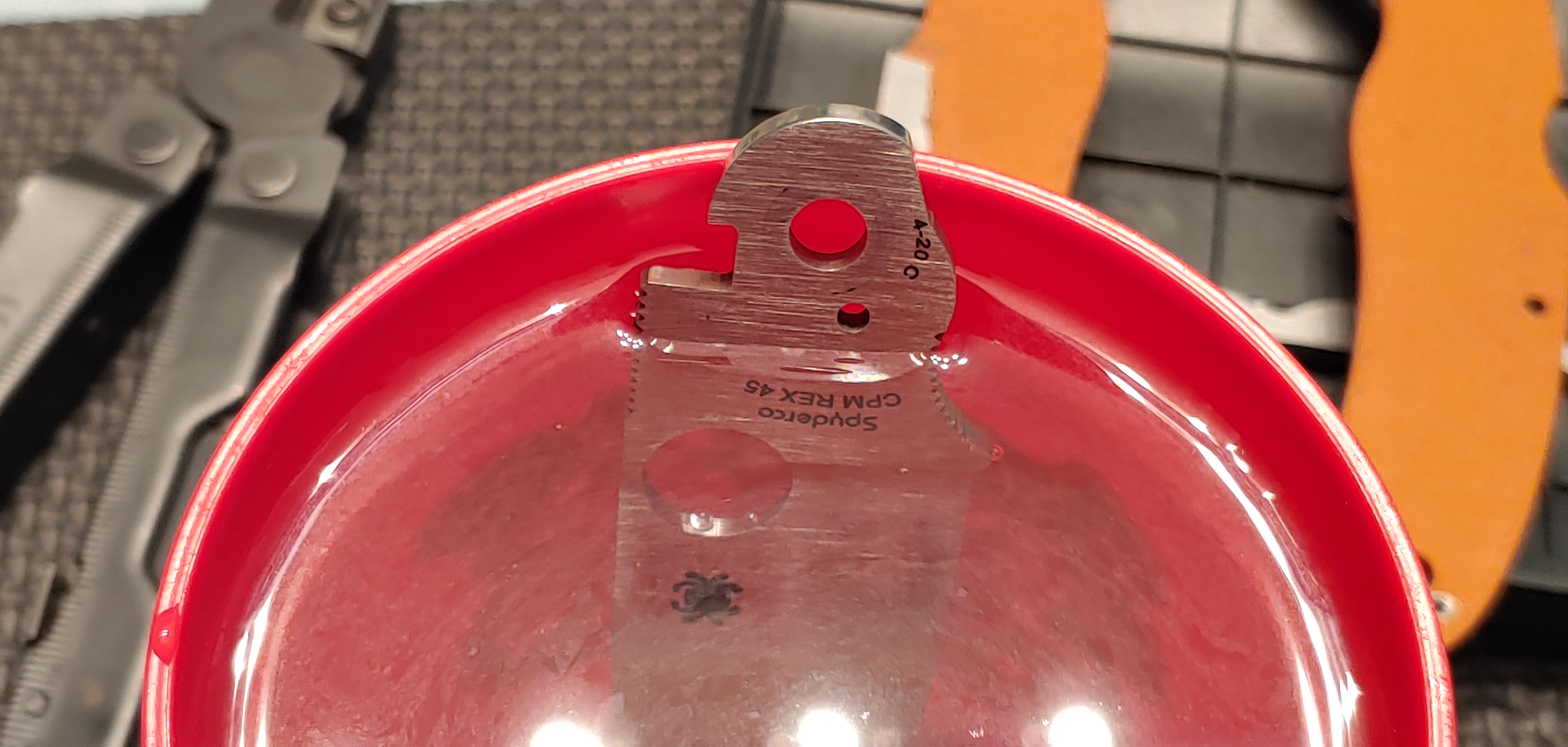
Step 4 - Wait

Now I set a timer and check the blade every 30 minutes when working with a steel for the first time.
Here is how this blade looked after a one hour soak:
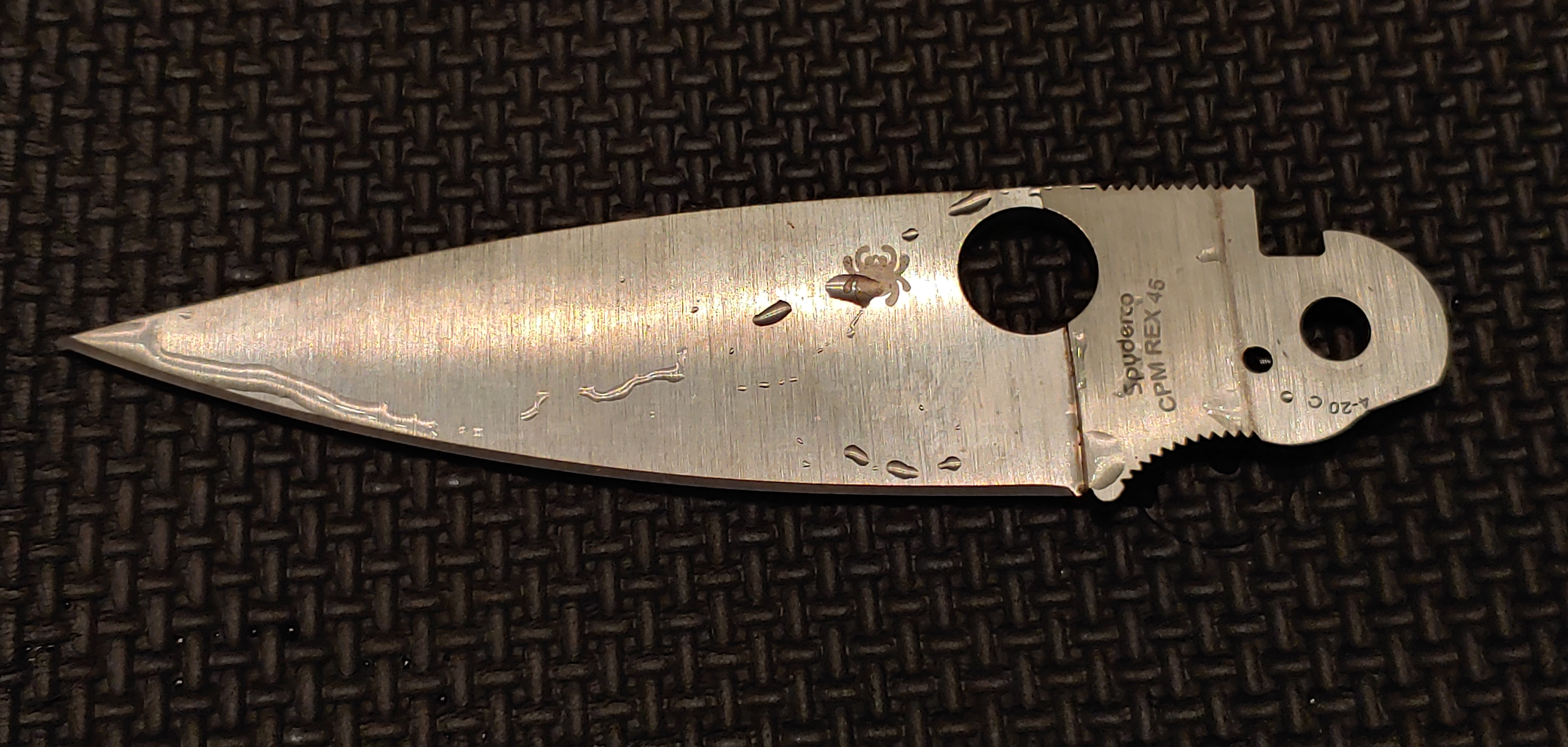
Hardly any change, same story after an hour. I can tell this won't be quick, so I'll let it soak overnight.
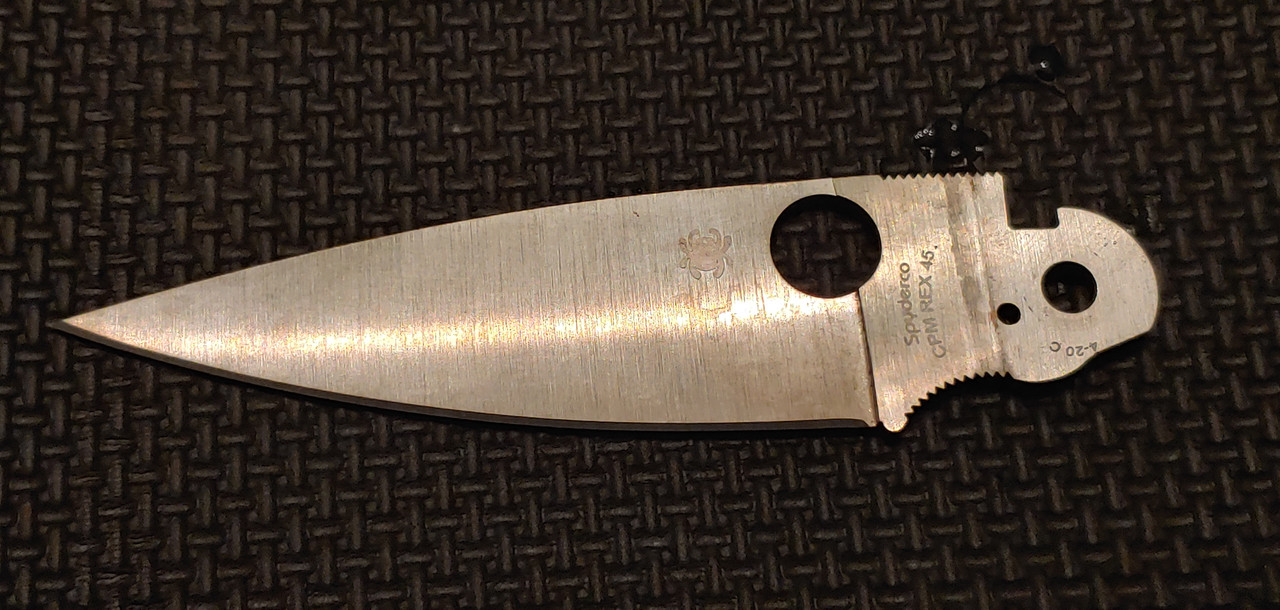
Quite stubborn, as you can see. 1095 would be done much faster, but Rex45 has solid corrosion resistance for this type of steel.
So I'll try a different strategy. I'll saturate a paper towel in vinegar, wrap it around the blade, and let that sit out.
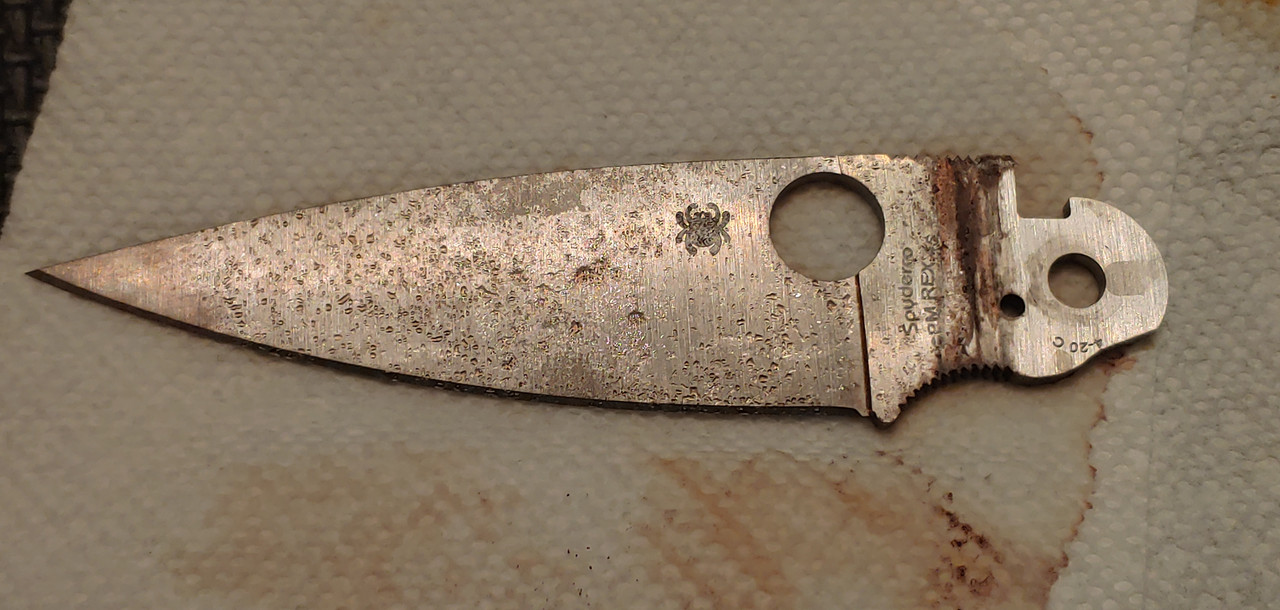
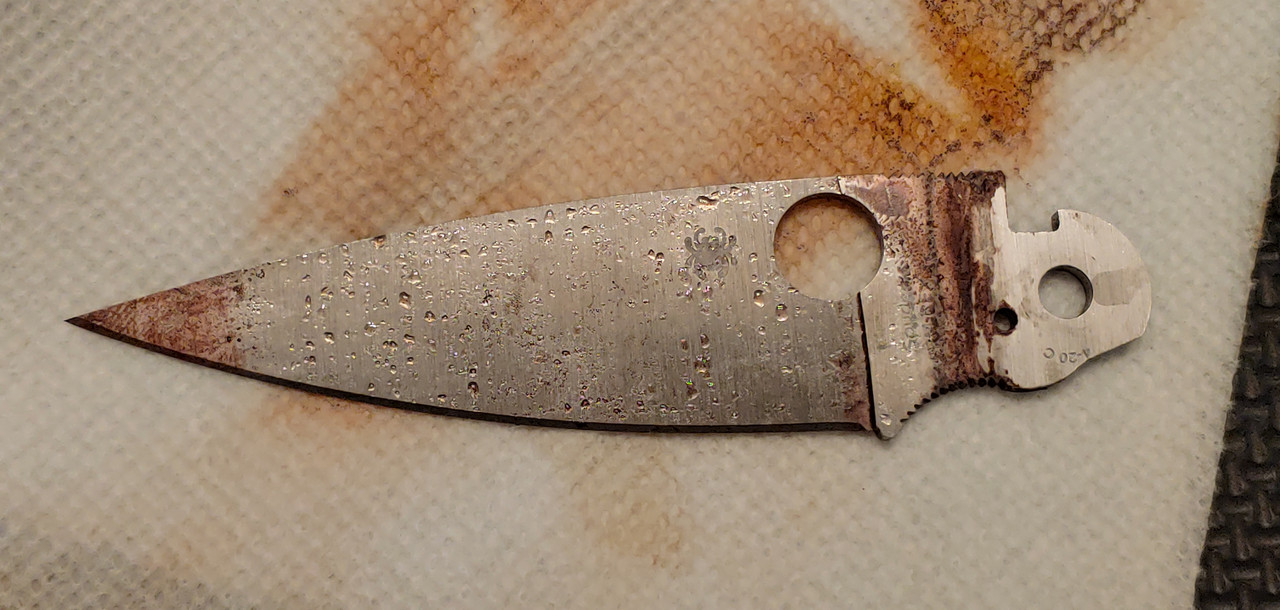
While those big clumps of rust look bad, they wipe off, and underneath is patina. Letting the knife be more exposed to air is how I get the more stubborn steels going. That or fruits.
After taking that last photo I scrubbed off the rust and it was a nice even gray underneath. Not very dark so I let it soak some more. Total soak time was about 36 hours.
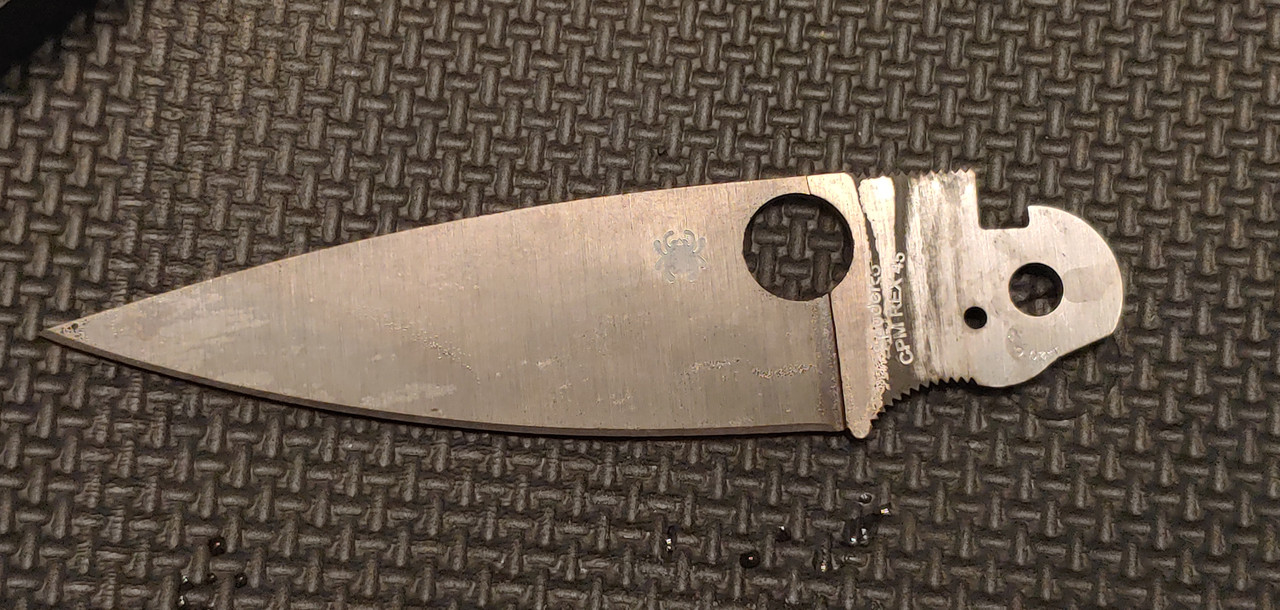
Looked like the blade took on a boring, dull gray. Comparing the pivot to the blade it didn't even look very dark.
The black lines near the pivot weren't coming off with a damp towel, so I attacked them with a green scrub pad.

Instead it got darker.
I have never seen this happen before, and I've done this vinegar treatment to over 30 blades in multiple steels.
https://streamable.com/79xpzz
Step 5 - Final cleaning
Once you've reached your desired darkness, you'll need to give the blade a mild buffing to remove built up residue from the blade. Go slow and be gentle or its possible to strip the entire we just worked to form. Make sure to remove the vinegar from all the little crevices like the choil jimping.
I scrubbed my blade with a green dish scrubbie, then wiped everything down with a towel saturated in rubbing alcohol, then a wet towel, then a dry towel.
Here is how it looks all put together:

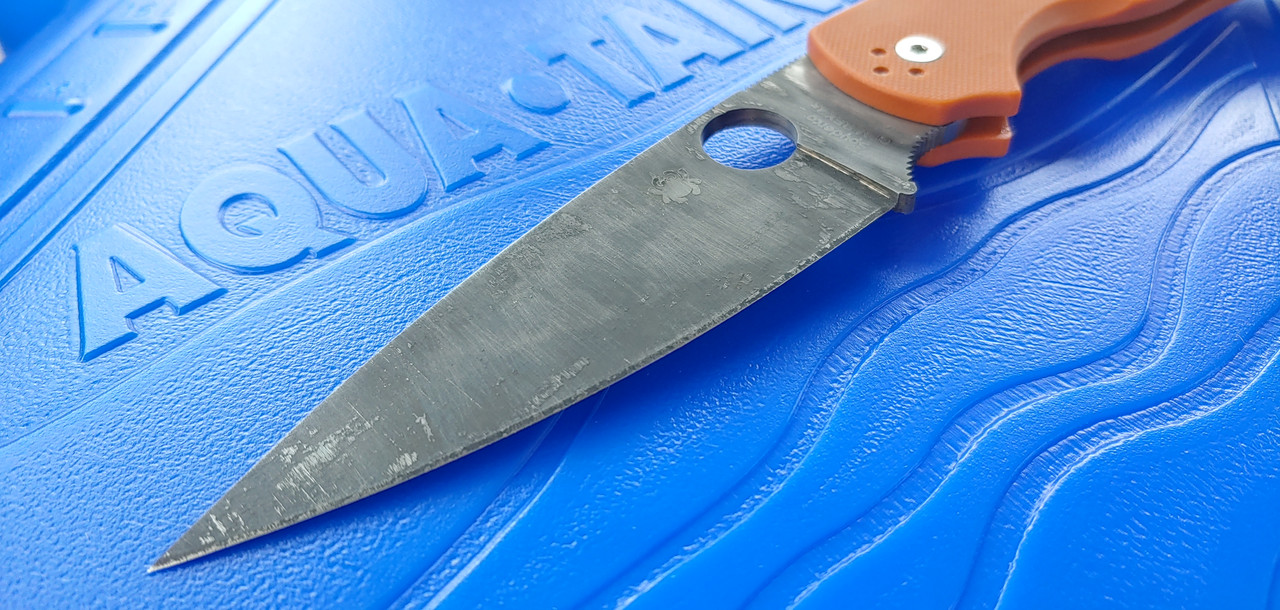
Step 6 - Sharpen (optional)
One last thing before you put the knife together and back in your pocket. The vinegar will eat away at the apex a little. Enough to dull the edge a bit. Check your edge when you're done as you may need to do a touch-up to get it back to peak sharpness. The longer the soak and the lower the corrosion resistance of the steel, the greater your chances of needing to sharpen. This process won't dramatically dull a knife the way ferric chloride can, but you'll still want to double check your edge.
My Chief was still able to scrape shave, but it took a few strokes on the sharpmaker to bring it back to a freshly sharpened feel.
